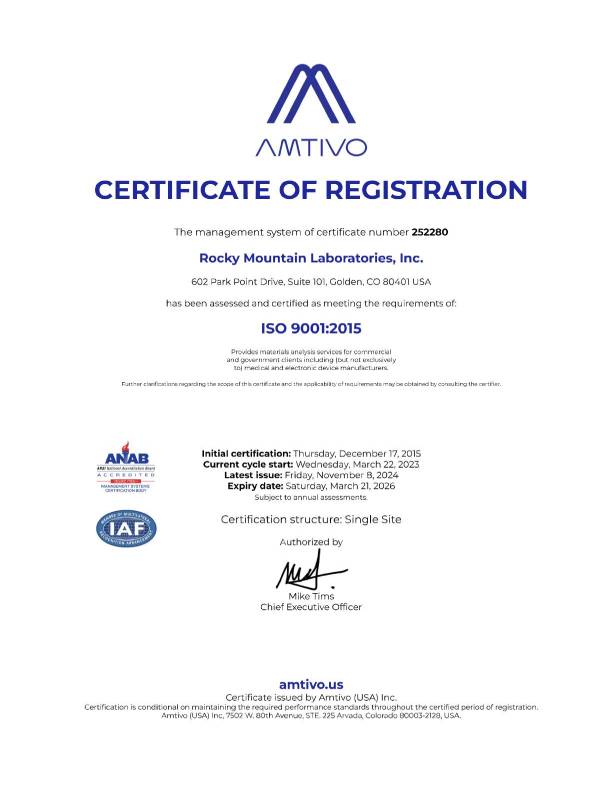EDS (Energy Dispersive X-ray Spectroscopy) and WDS (Wavelength Dispersive X-ray Spectroscopy) are two different types of X-ray spectroscopy techniques used for elemental analysis. They differ primarily in their methods of detecting and analyzing X-rays. Here are the key differences between EDS and WDS spectroscopy:
Continue reading “Difference between EDS and WDS spectroscopy”Blog
Difference between EDS and WDS spectroscopy
Difference between AES analysis and esca
AES (Auger Electron Spectroscopy) and ESCA (Electron Spectroscopy for Chemical Analysis) are terms that are sometimes used interchangeably, but they essentially refer to the same analytical technique. ESCA is a more historical term, while AES is a more modern and widely used term. Both terms describe the same method of surface analysis based on the Auger effect.
Continue reading “Difference between AES analysis and esca”Difference betweem XPS analysis and XRD analysis
X-ray Photoelectron Spectroscopy (XPS) and X-ray Diffraction (XRD) are both analytical techniques that use X-rays, but they provide different types of information about materials. Here are the key differences between XPS analysis and XRD analysis:
Continue reading “Difference betweem XPS analysis and XRD analysis”Difference between SEM and Factor Analysis
Scanning Electron Microscopy (SEM) and factor analysis are both techniques used in different scientific domains, and they serve distinct purposes. Here are the key differences between SEM and factor analysis:
Continue reading “Difference between SEM and Factor Analysis”Difference between UV and IR and NMR spectroscopy
UV (Ultraviolet), IR (Infrared), and NMR (Nuclear Magnetic Resonance) spectroscopy are three different techniques used for analyzing the structure and composition of molecules. Each spectroscopic method provides unique information about the properties of molecules based on their interactions with electromagnetic radiation. Here are the main differences between UV, IR, and NMR spectroscopy:
Continue reading “Difference between UV and IR and NMR spectroscopy”Difference between EDS analysis and XRD analysis
EDS (Energy Dispersive X-ray Spectroscopy) and XRD (X-ray Diffraction) analysis are both techniques used in materials characterization, but they provide different types of information and are based on different principles.
Continue reading “Difference between EDS analysis and XRD analysis”Difference between EDS and Auger electron spectroscopy
Energy-dispersive X-ray spectroscopy (EDS) and Auger electron spectroscopy (AES) are both analytical techniques used for surface analysis, but they differ in their principles of operation and the types of signals they detect.
Continue reading “Difference between EDS and Auger electron spectroscopy”Difference between XPS analysis and EDX analysis
X-ray Photoelectron Spectroscopy (XPS) and Energy Dispersive X-ray Spectroscopy (EDX) are both analytical techniques used to characterize the elemental composition of materials, but they operate on different principles and have distinct applications.
Continue reading “Difference between XPS analysis and EDX analysis”Difference between path analysis and SEM analysis
Path analysis and structural equation modeling (SEM) are both statistical techniques used in the field of multivariate analysis to examine relationships among variables. While they share similarities, there are some key differences between the two.
Continue reading “Difference between path analysis and SEM analysis”Difference between EDS and EDX spectroscopy
EDS (Energy Dispersive X-ray Spectroscopy) and EDX (Energy Dispersive X-ray Analysis) spectroscopy are often used interchangeably, as they refer to essentially the same analytical technique. However, it’s worth noting that “EDX” is a more general term, while “EDS” is a specific type of EDX spectroscopy.
Continue reading “Difference between EDS and EDX spectroscopy”


